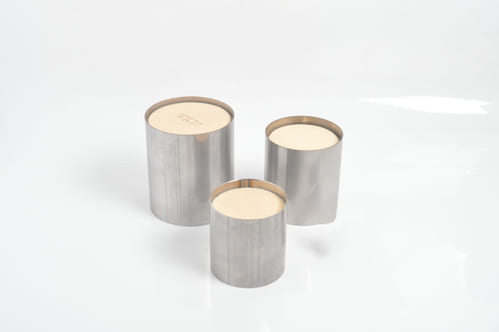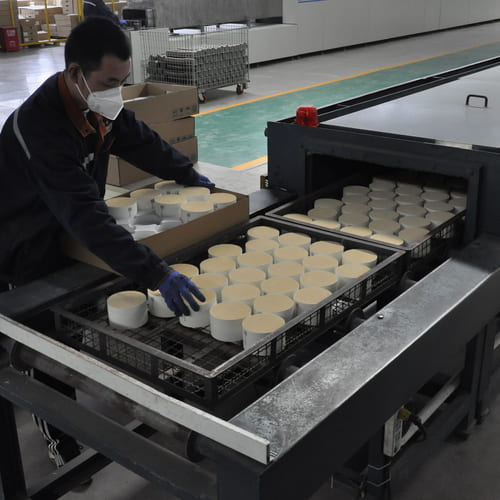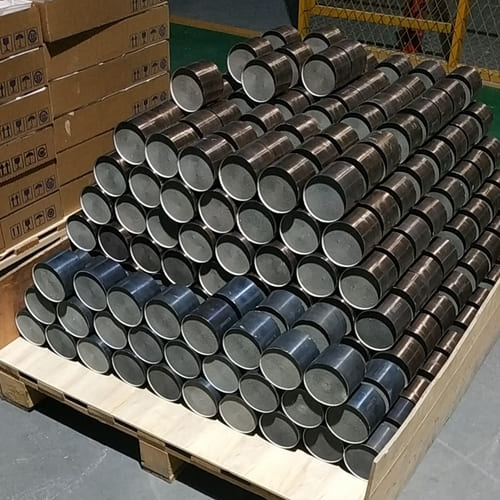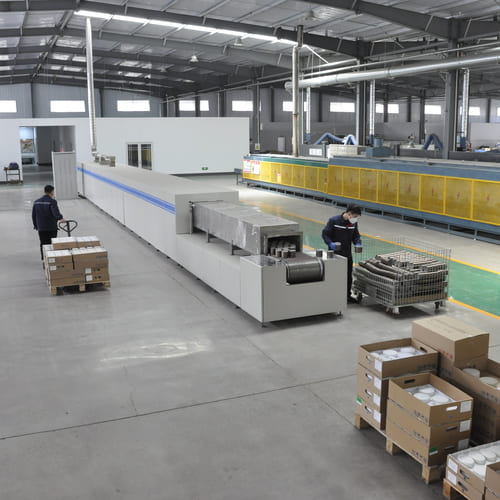Have you ever wondered why OEM catalytic converters cost so much? What makes them pricier than aftermarket options? Why do these essential automotive parts come with such a hefty price tag? These questions are common among vehicle owners and businesses alike, especially when it’s time for repairs or replacements.
OEM catalytic converters are expensive due to several factors, including the cost of precious metals, strict manufacturing standards, and compliance with regulatory requirements. These converters are designed to meet the exact specifications of the vehicle’s original equipment, ensuring optimal performance and emissions control.
Understanding these factors can help businesses and consumers appreciate the value and necessity of investing in OEM catalytic converters. Let’s dive deeper into why these components come with such a high cost.

Questions Related to OEM Catalytic Converters?
Why do precious metals drive up the cost of OEM catalytic converters? How do manufacturing standards impact their price? What role do regulatory requirements play in determining the cost?
The Role of Precious Metals
One of the primary reasons for the high cost of OEM catalytic converters is the use of precious metals like platinum, palladium, and rhodium. These metals are essential for the catalytic process, which converts harmful emissions into less harmful gases. The prices of these metals fluctuate based on market demand and supply, significantly impacting the overall cost of the converter.
Platinum is highly effective in oxidation reactions, making it a crucial component in catalytic converters. Palladium and rhodium also play critical roles in reducing nitrogen oxides (NOx) and hydrocarbons. The scarcity and high demand for these metals contribute to the elevated prices of OEM catalytic converters.

Manufacturing Standards and Quality
OEM catalytic converters are manufactured to meet the exact specifications of the vehicle’s original equipment. This ensures that the converter fits perfectly and performs optimally. The production process involves rigorous quality control and testing to guarantee that each unit meets strict performance standards.
Manufacturers invest heavily in research and development (R&D) to create catalytic converters that are both efficient and durable. This investment in technology and quality assurance drives up production costs, which are then reflected in the price of the OEM converters.
Regulatory Compliance
Regulatory requirements play a significant role in the cost of OEM catalytic converters. These converters must comply with stringent emission standards set by environmental agencies such as the Environmental Protection Agency (EPA) in the United States and the European Union’s Euro 6 standards.
Compliance with these regulations involves extensive testing and certification processes. Manufacturers must ensure that their catalytic converters can consistently meet or exceed these standards throughout the vehicle’s lifespan. The costs associated with achieving and maintaining regulatory compliance add to the overall expense of OEM catalytic converters.

More Related Questions
What is the difference between OEM and aftermarket catalytic converters? How does the cost compare between the two? Are there any risks associated with using aftermarket converters?
OEM vs. Aftermarket Catalytic Converters
OEM catalytic converters are made by the vehicle’s original manufacturer or authorized suppliers. They are designed to match the vehicle’s exact specifications, ensuring seamless integration and optimal performance. Aftermarket catalytic converters, on the other hand, are produced by third-party manufacturers and may not always meet the same quality and performance standards.
Cost Comparison
Aftermarket catalytic converters are generally less expensive than OEM counterparts. This is primarily because they may use lower-grade materials and may not be subjected to the same stringent quality controls. While they can be a cost-effective alternative, they often come with trade-offs in terms of fit, durability, and efficiency.
Risks of Aftermarket Converters
Using aftermarket catalytic converters can pose certain risks. These converters might not fit as precisely as OEM parts, potentially leading to installation issues. They may also have a shorter lifespan and be less effective in reducing emissions, which can result in failing emissions tests and potential fines.
Additionally, some aftermarket converters may not comply with all regulatory standards, which can be problematic for vehicle owners in regions with strict emissions regulations. Therefore, while the initial cost savings may be appealing, the long-term costs and potential issues can outweigh the benefits.

Conclusion
OEM catalytic converters are expensive due to the high cost of precious metals, rigorous manufacturing standards, and the need for regulatory compliance. These factors ensure that OEM converters provide optimal performance, durability, and emissions control, making them a valuable investment for vehicle owners and businesses.
While aftermarket catalytic converters offer a cheaper alternative, they come with potential risks and trade-offs. Understanding the reasons behind the high cost of OEM converters can help consumers make informed decisions, balancing initial expenses with long-term benefits.
Investing in quality and compliance, OEM catalytic converters contribute significantly to reducing vehicle emissions and ensuring environmental sustainability. By appreciating the complexities involved in their production, businesses and consumers can better understand the value of these essential automotive components.


